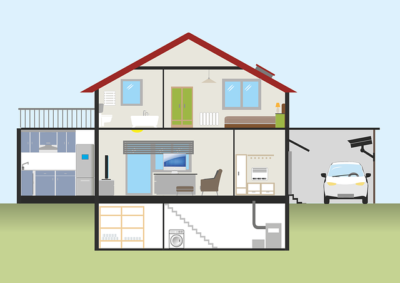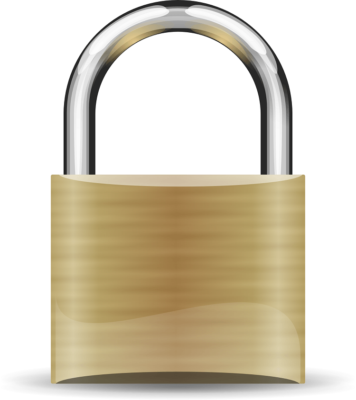Speaking requires clarity as well as precision that can help one to send his message across. Your workplace might require you to speak publicly or to a bunch of newbies.
When it comes to explaining technical concepts, you need to choose words that can help them in to understand the concept in simple terms. If you are looking at how to be better at explaining things, then this might be the end of your search.
There are a lot of times where you have to explain about different things or concepts. For this purpose, you cannot rely on your speaking skills alone. You have to consider a lot of other factors that can assist you in getting the correct point across.
How to Be Better at Explaining Things
Explaining can sometimes be a difficult task. If you can master the skills of speaking and explaining things, then there is a high chance that you can convey the message easily. This great explainer video can help you in knowing the right strategies and ways to explain things.
Nervousness or anxiety can sometimes intervene in your way to be a better speaker or to be better at explaining things. You need to make sure that you are overlooking these factors and fighting hard enough to overcome any barrier.
Once you have overcome these barriers, you will be all set to explain things better to your peers or subordinated or on any platform.
Following are 11 tips and strategies that can you can follow to be able to explain better.
1. Know Your Audience
The foremost important aspect of explaining things is to know about your audience. This is one of the basic rules when it comes to knowing the answer to “how to explain?”
If you are using verbosity and your audience is unable to understand the dialect, then it is pointless. Make sure you know your audience beforehand. This would help you to make use of the right ways and words in order to make them understand your stance or conversation.
This is a common mistake that people tend to make. Avoid it and be a better explainer.
2. Use Multiple Perspectives
There are no hard and fast rules when it comes to using a perspective. You can use an indirect means to approach your audience or rely on the direct means to be able to converse with them directly without building any background.
You can also use the practical or theoretical method.
Learn about these perspectives so that you can design and shape your speaking skills.
3. Have a Clear Idea
If you are uncertain about things, then there is a high chance that your audience would be left confused. For this to be avoided, you must be clear about things.
Make sure you note things down on a piece of paper. You can make notes or pointers that can help you during the speaking session.
Make sure you are not leaving any important detail so that your audience is clear about the concept.
You should expect questions as well. So be prepared to answer them.
4. Make Use of Visuals
Visuals come in handy and assist you in making things simple and easy.
There is a scenario where you are supposed to explain a scientific or technical aspect. Theory alone cannot help you. For this purpose, you can rely on visuals. You can make a PowerPoint presentation, a flowchart or use pictures to help your audience learn more about the concept.
This would require you to put effort, but the outcome would be amazing.
5. Be Specific
This is another mistake that people tend to make. While making a conversation or explaining things they tend to drift away from the main topic. This not only confuses the listeners but also creates a gap between the speaker and his audience.
So be specific and try to stay focused. This would help you to be precise.
6. Use Examples
This can be another strategy that can be helpful in making people understanding the concept. Bring in examples and try to connect things. Making connections and using examples are some of the ways that can better help you in explaining things.
7. Make Your Audience Curious
This can be a very effective strategy. Do you want to keep your audience interested? Worried about how do you explain? Well, this can be resolved.
Start the conversation with an open-ended situation. Give them an incomplete answer and this will make them curious.
They will participate more and learn more thus making your job easy.
8. Storytelling
This method is very effective when it comes to explaining things. You can use a storytelling technique to initiate the conversation. This technique will help you to learn how to be better at explaining things.
9. S-T-A-R Framework
S-T-A-R stands for Situation, Task, Action, and Result.
For this you can first present the situation, explain the tasks that were required, the action that was taken and the results that were achieved.
10. Overcome Your Fears
You do not have to be scared or fearful when it comes to speaking. Stammering and stuttering are often the causes of fear of public speaking.
It should be addressed from the beginning.
Speech therapy for children who are non-verbal is essential. It not only affects their ability to speak but might as well make them socially incapable to communicate with other people.
This is the reason that any uncertainty about speech and language therapy should be ignored. Here are 5 reasons why speech and language therapy is important for a non-verbal child.
As an adult, you can overcome it by practicing in front of a mirror.
11. Ask Questions
To keep the audience engaged you must ask them questions. This would allow them to participate fully and they will take part in group discussions. This would lead to more clarification of the concept.
These are some of the tips and strategies that can be used when it comes to explaining.
Explaining is Easy When You Know How
Considering these tips and strategies you can now feel the confidence and clarity that is needed when you have to explain things.
These tips and strategies can help you learn how to be better at explaining things.
For more tips and tricks to improve your life skills, check out other articles on our blog.










